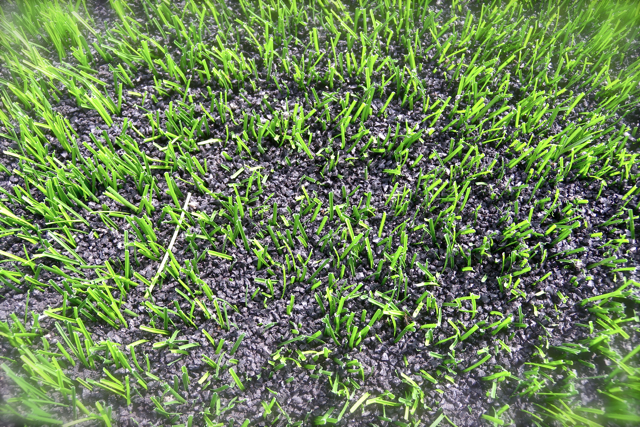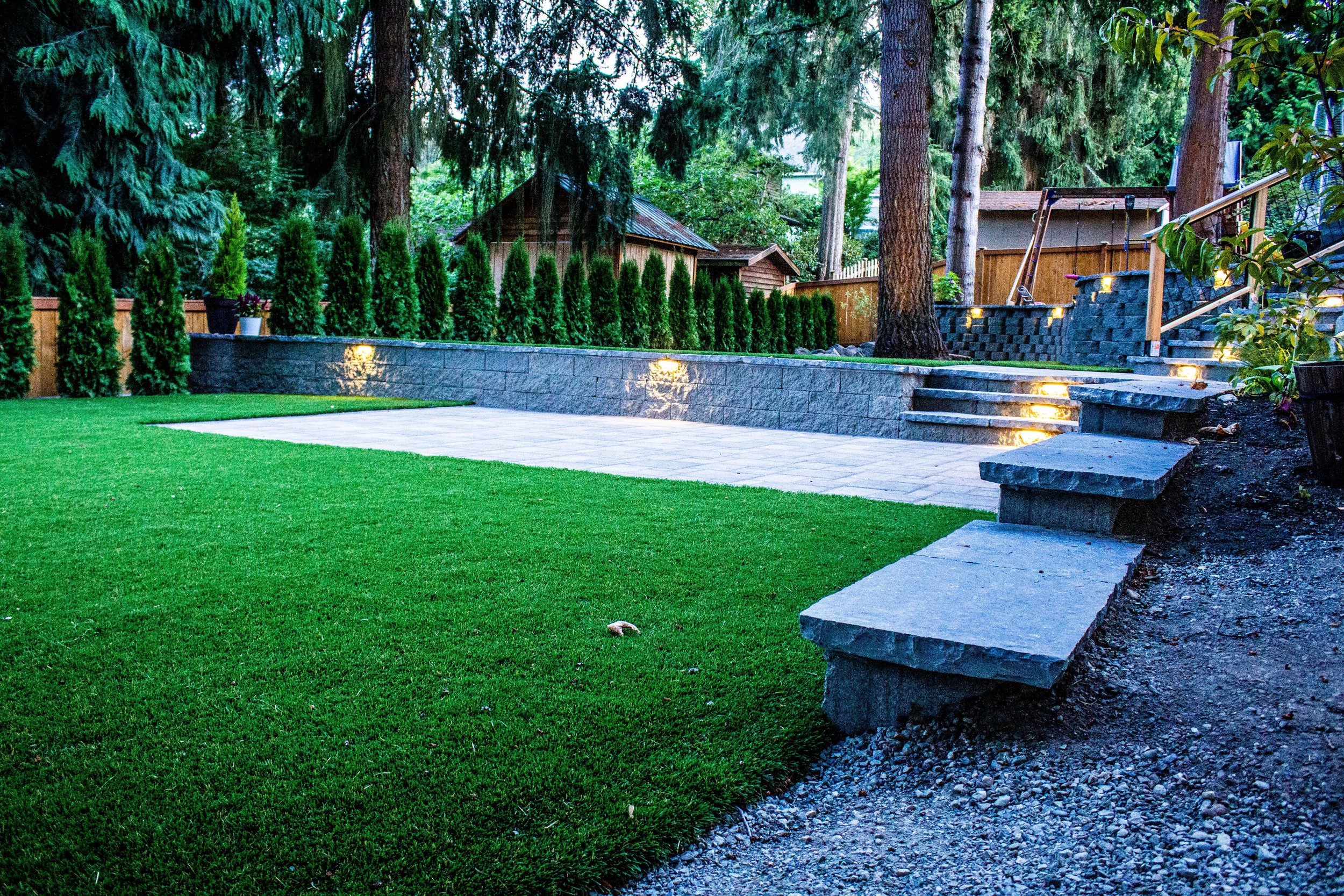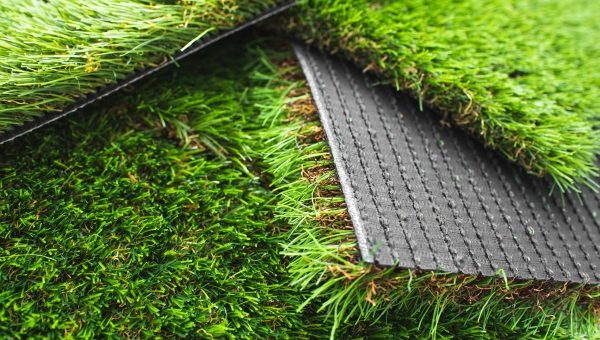Well-Known Artificial Turf Companies Phoenix for a Lush and Evergreen Lawn
Wiki Article
Explore the Environmental Benefits of Opting for Artificial Turf Solutions
The fostering of synthetic grass remedies provides a compelling possibility to resolve pushing environmental obstacles. By significantly reducing water usage and decreasing the application of unsafe chemicals, these options not only advertise lasting landscape design but additionally safeguard local environments. The lower carbon impact connected with decreased maintenance tasks adds to an extra sustainable technique to land management. Nonetheless, the implications of these advantages extend past plain preservation initiatives, raising concerns concerning their long-term influence on habitat conservation and overall environmental equilibrium. Discovering these measurements reveals an intricate interplay worth taking into consideration.Water Conservation Benefits
One of the most significant advantages of synthetic lawn is its capacity to conserve water. In comparison, man-made turf does not require watering, considerably minimizing the overall need for water resources.By getting rid of the need for normal watering, synthetic grass adds to sustainable landscape techniques and assists mitigate the ecological effect of too much water consumption. Moreover, the conservation of water reaches the reduction of runoff, which can lead to soil disintegration and waterway air pollution.
In addition, the setup of synthetic grass permits communities and home owners to allocate water resources more effectively, concentrating on important uses such as alcohol consumption water and farming. The shift towards synthetic grass not just advertises liable water use but also aligns with wider environmental goals targeted at protecting natural deposits.
As neighborhoods significantly focus on sustainability, the water preservation advantages of synthetic grass offer a compelling instance for its adoption in domestic and business landscaping jobs.
Minimized Chemical Use
The transition to synthetic grass considerably reduces the dependence on chemical therapies frequently made use of in all-natural grass upkeep. Standard grass management usually involves the application of pesticides, fertilizers, and herbicides to advertise growth and control insects. These chemicals can present dangers to human health, neighborhood wild animals, and the atmosphere, contributing to soil and water contamination.In comparison, synthetic turf removes the requirement for these hazardous materials. By reducing the release of artificial substances into the community, man-made grass advertises healthier soil and water systems.
Furthermore, the absence of chemical drainage associated with man-made grass installations aids protect regional rivers from pollution, sustaining marine life and maintaining biodiversity. Arizona turf. As neighborhoods progressively focus on lasting practices, selecting fabricated grass offers a practical option that straightens with environmental conservation objectives. Via this change, homeowner can enjoy lush eco-friendly areas without compromising eco-friendly wellness, leading the way for a more sustainable future
Reduced Carbon Impact

Additionally, the setup of man-made lawn can result in considerable water preservation. All-natural grass call for significant amounts of water for watering, which not just contributes to the carbon impact connected with water removal and treatment but also strains regional water sources. In contrast, artificial turf requires very little upkeep, calling for no watering, consequently dramatically reducing water use and its linked power costs.
Additionally, the durability of synthetic grass contributes to its lower carbon effect. With a life expectancy of as much as 15 years or more, the requirement for frequent substitutes is reduced, leading to less waste and lower energy intake in production and disposing of traditional lawn choices. Generally, synthetic grass presents a lasting alternative for ecologically mindful landscaping.
Environment Conservation
Environment preservation is a critical factor to consider in the dispute over landscape design choices, especially when contrasting synthetic grass to natural grass. All-natural turf yards usually require extensive upkeep, including making use of chemicals, fertilizers, and herbicides, which can negatively affect local ecosystems. These chemicals can seep into the soil and rivers, hurting indigenous flora and fauna and disrupting regional environments.
On the other hand, synthetic grass offers a chance to reduce the environmental footprint of landscape design. By selecting Read Full Article artificial grass, home owners can reduce the disturbance of natural habitats associated with typical yard treatment techniques. Synthetic grass eliminates the demand for damaging chemicals, click here for more info therefore protecting close-by wild animals and preserving the stability of bordering ecosystems. The installment of fabricated turf can lead to the conversion of former yard locations right into even more biodiverse landscapes, such as pollinator yards or indigenous plant locations, which can sustain local wildlife.
Inevitably, the shift to man-made lawn not only saves water and lowers upkeep initiatives but also fosters an extra harmonious connection in between human tasks and the natural surroundings, advertising habitat preservation in the process.
Long-Term Sustainability
Long-lasting sustainability is a crucial consider reviewing the benefits of synthetic grass over conventional turf yards. One of the most significant advantages of synthetic grass is its resilience; it can last up to 15-20 years with very little upkeep, whereas natural yard needs frequent reseeding and substitute. This longevity minimizes the demand for continuous sources, such as water, fertilizers, and chemicals, which are necessary for maintaining a healthy and balanced grass yard.In addition, fabricated turf adds to a reduction in carbon discharges connected with lawn treatment equipment. Standard grass commonly need gas-powered lawn mowers, trimmers, and blowers, every one of which contribute to air pollution. Artificial turf companies phoenix. On the other hand, synthetic lawn eliminates the requirement for such devices, promoting a cleaner environment
In addition, the production of synthetic grass increasingly makes use of recycled materials, improving its sustainability account. As makers take on eco-friendly techniques, the ecological impact of synthetic grass remains to decrease.

Final Thought
The adoption of artificial grass services offers considerable environmental benefits, including significant water conservation, lowered reliance on harmful chemicals, and a lower carbon footprint. Synthetic turf help in maintaining all-natural environments by decreasing land disruption and advertising lasting sustainability through the use of resilient products. Collectively, these elements underscore the possibility of synthetic grass to add favorably to environmental health and supply a sensible alternative to standard landscaping methods in an increasingly resource-conscious globe.In comparison, man-made lawn does not need watering, substantially lowering the total demand for water sources. By minimizing the release of synthetic compounds into the environment, artificial turf promotes healthier soil and water systems.
Moreover, the installation of man-made grass can result in significant water preservation. In comparison, fabricated grass requires very little upkeep, needing no watering, consequently substantially lowering water use and its linked power prices.

Report this wiki page